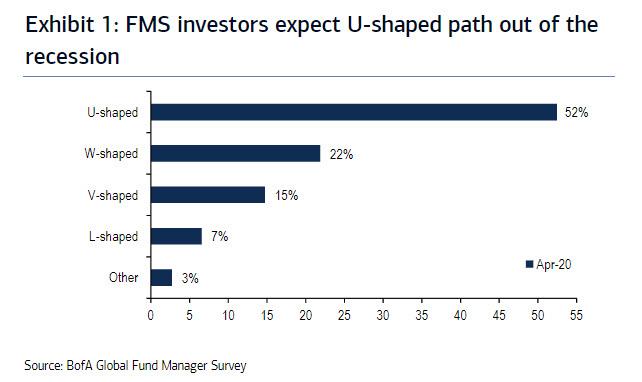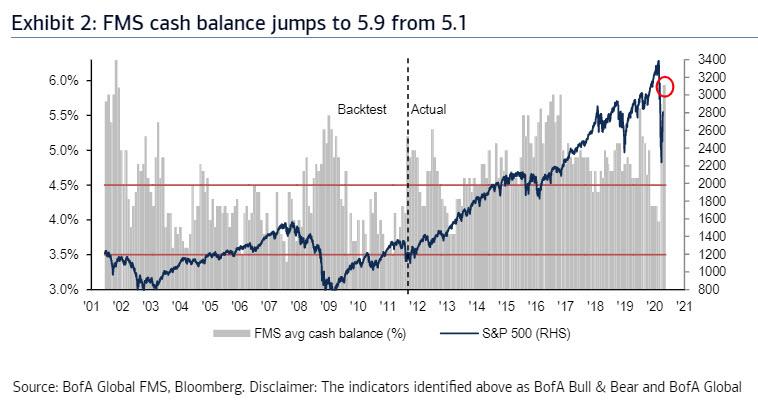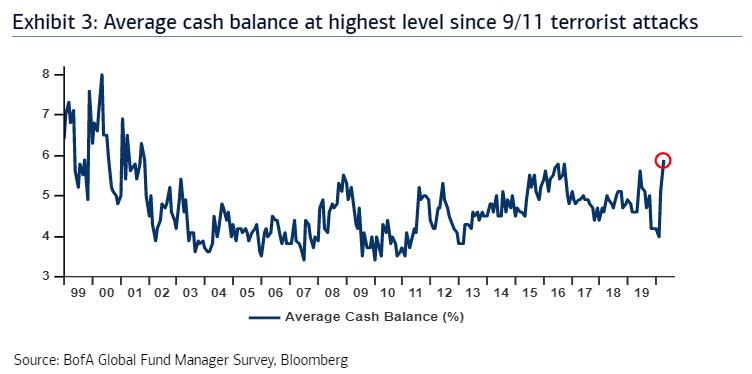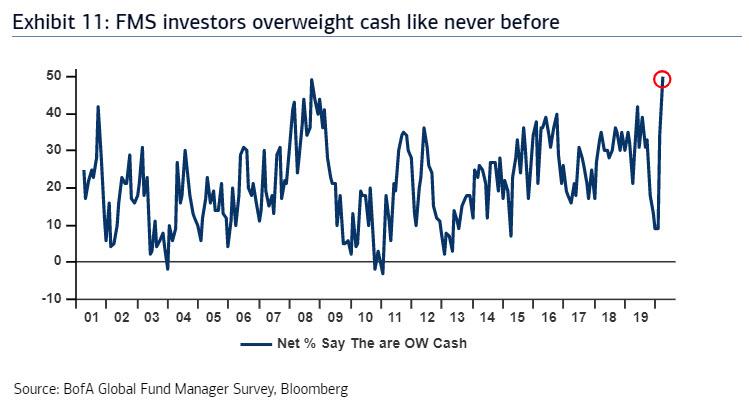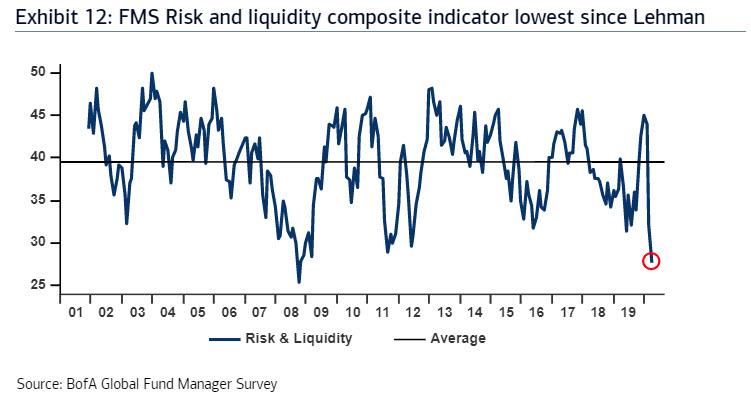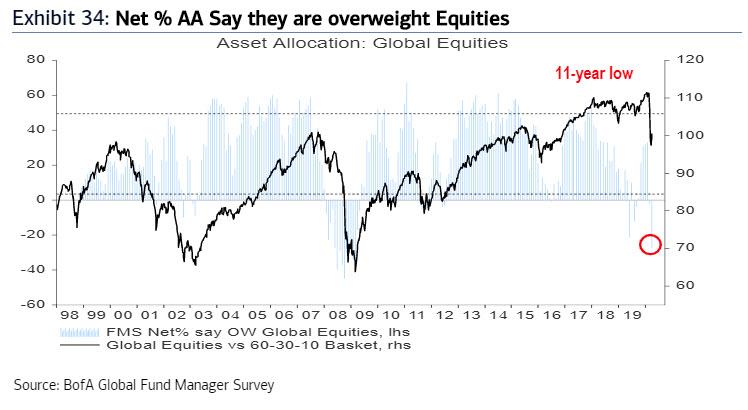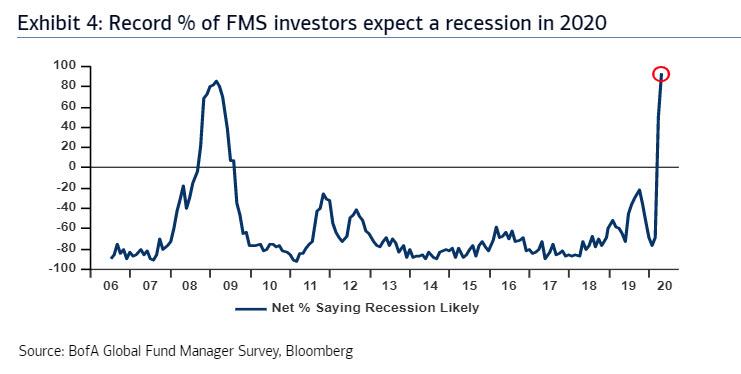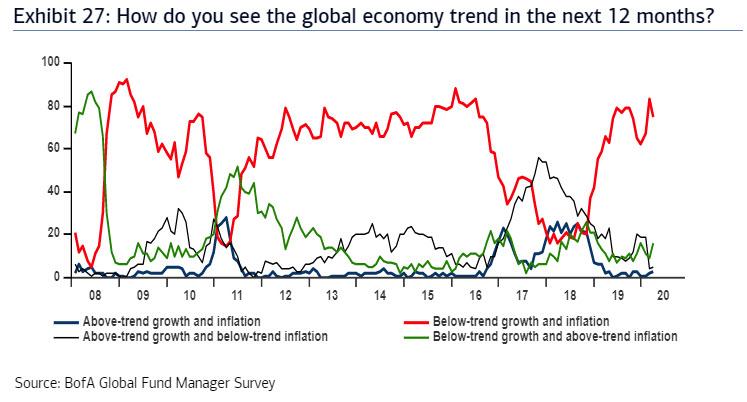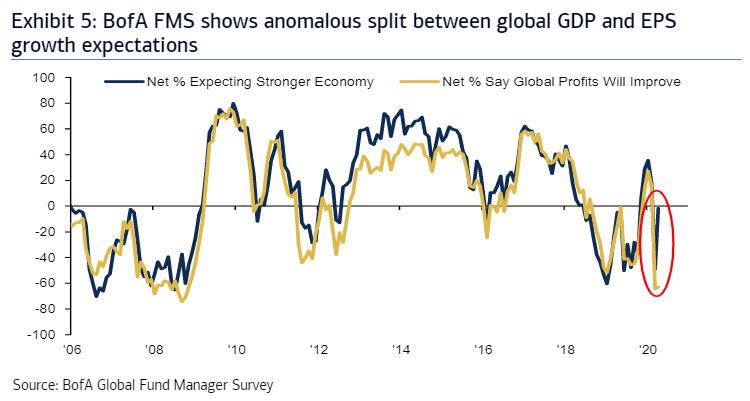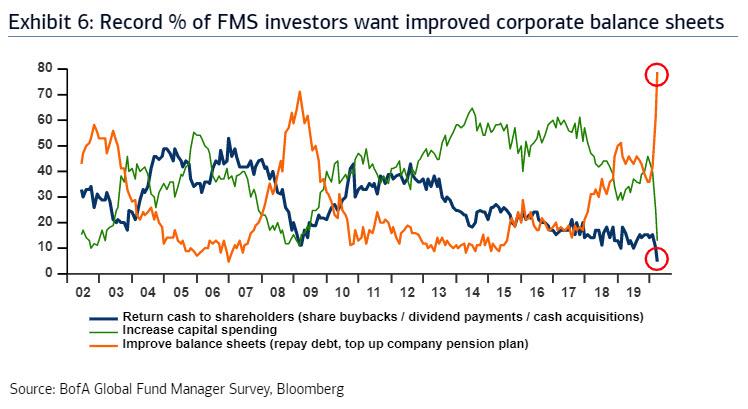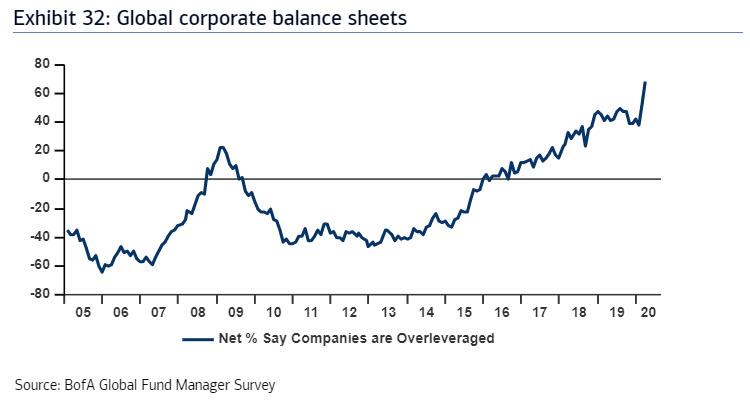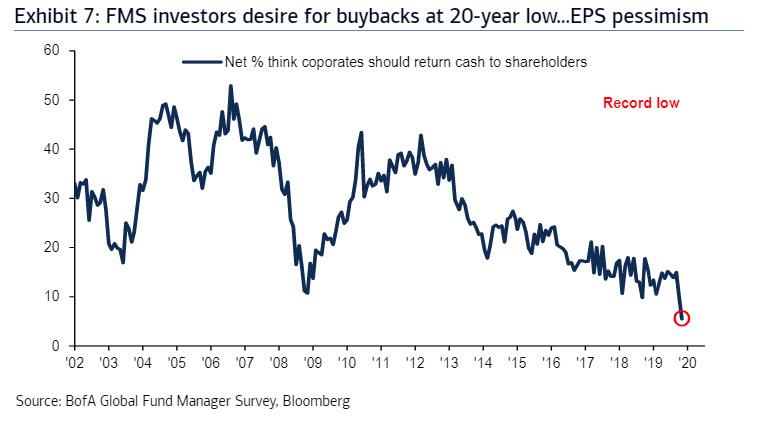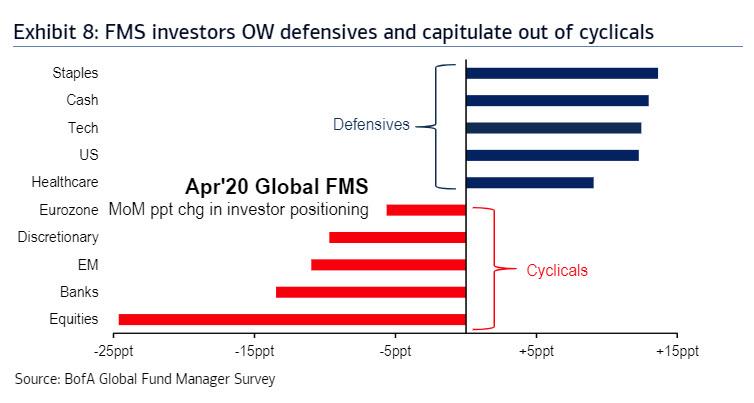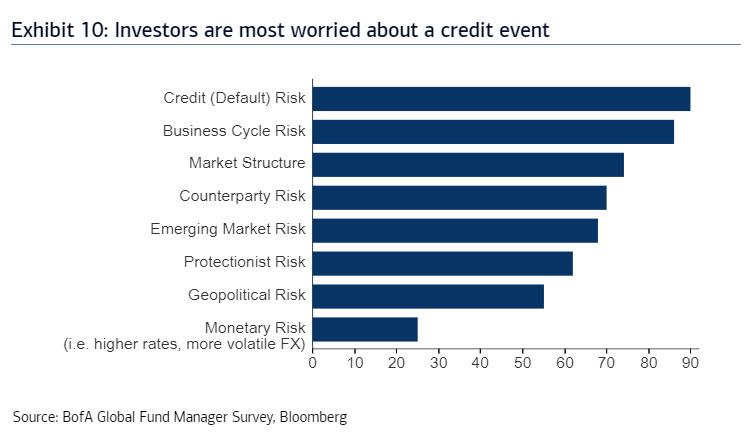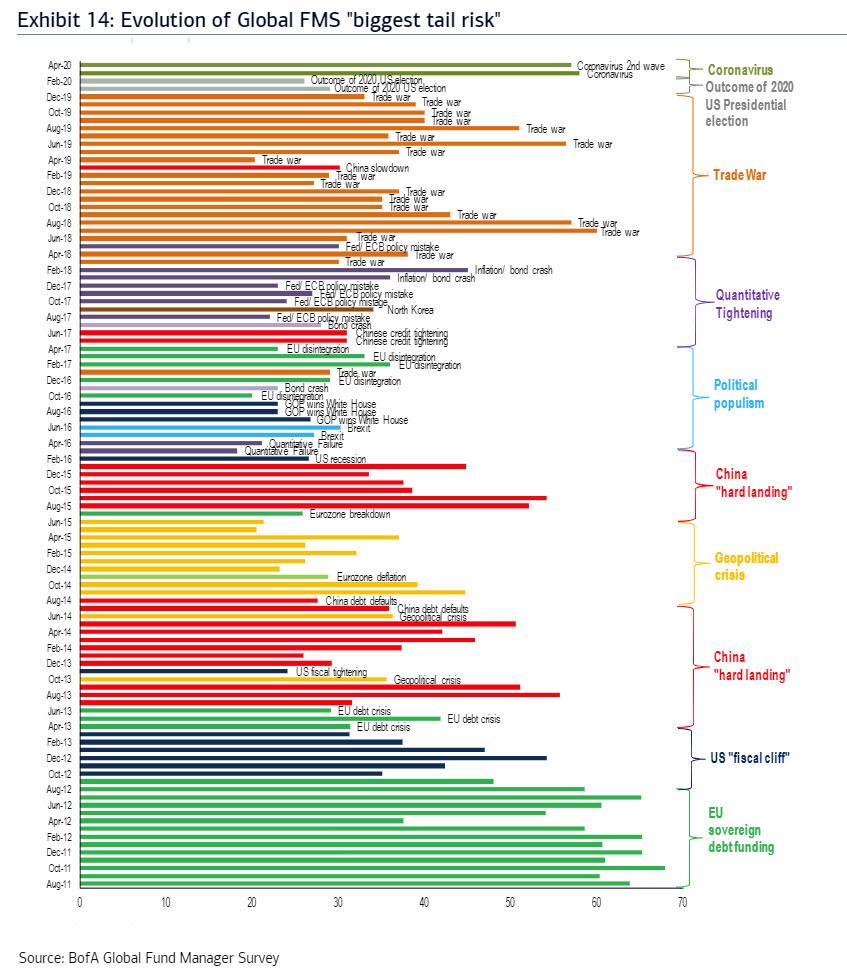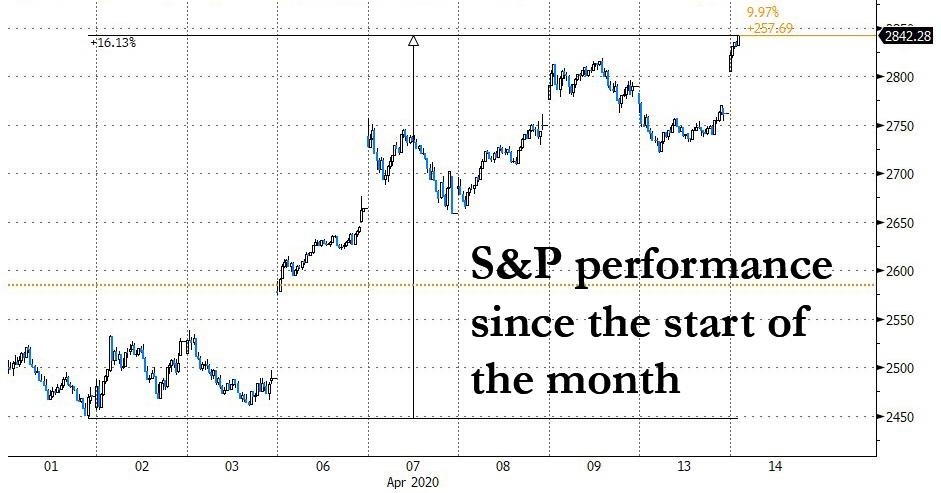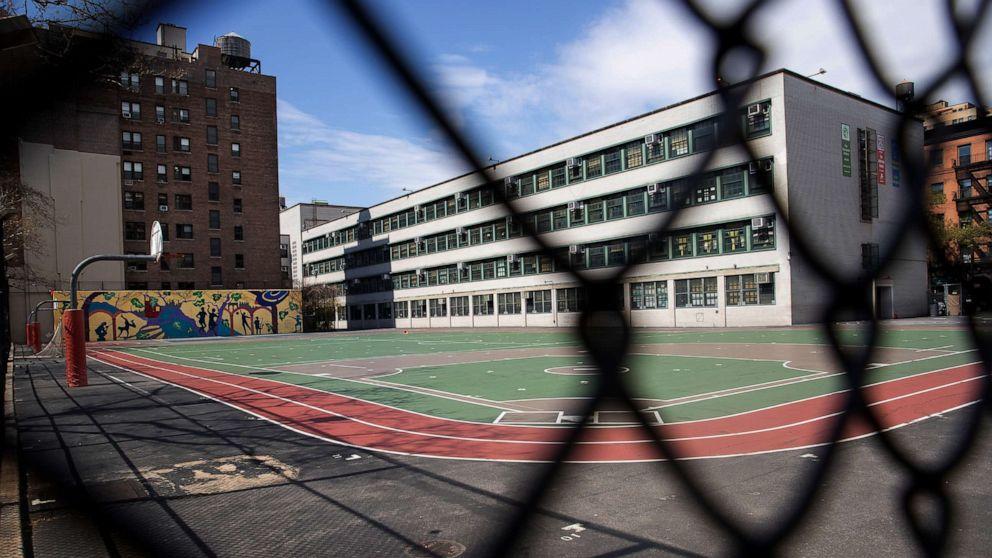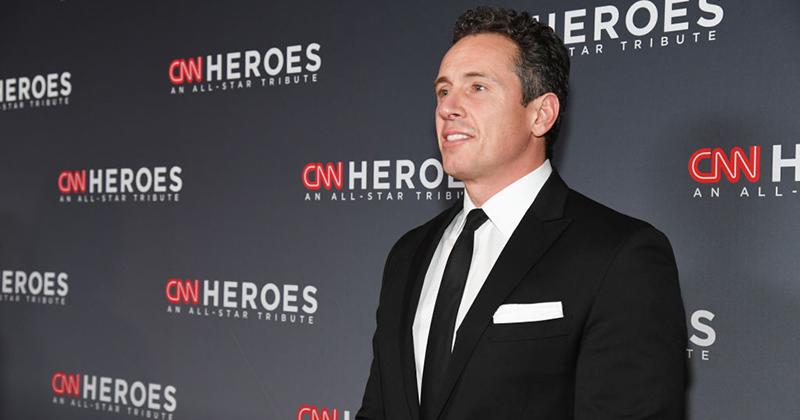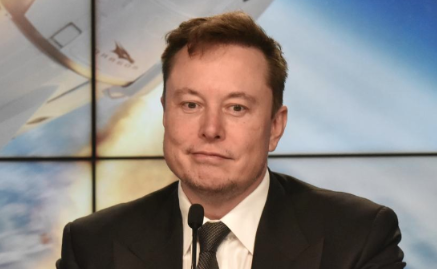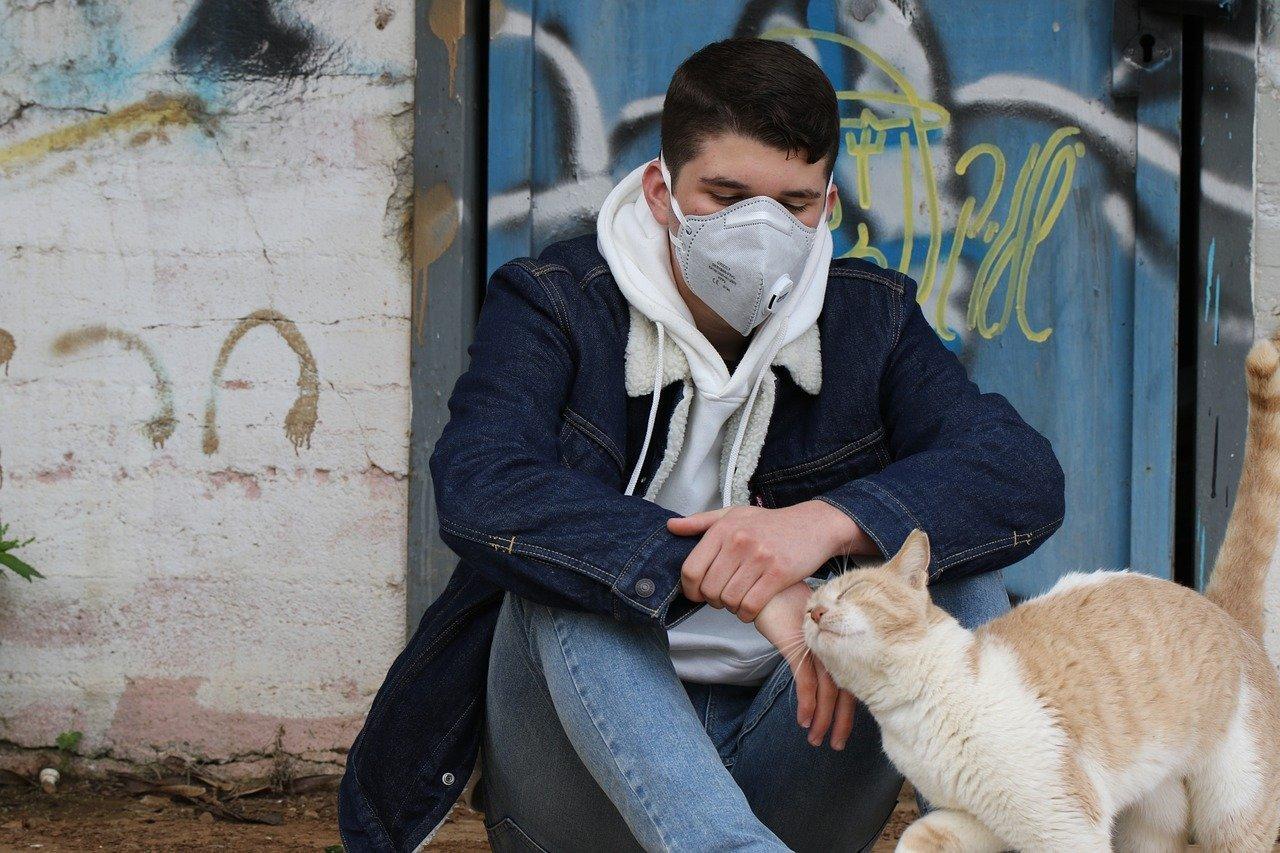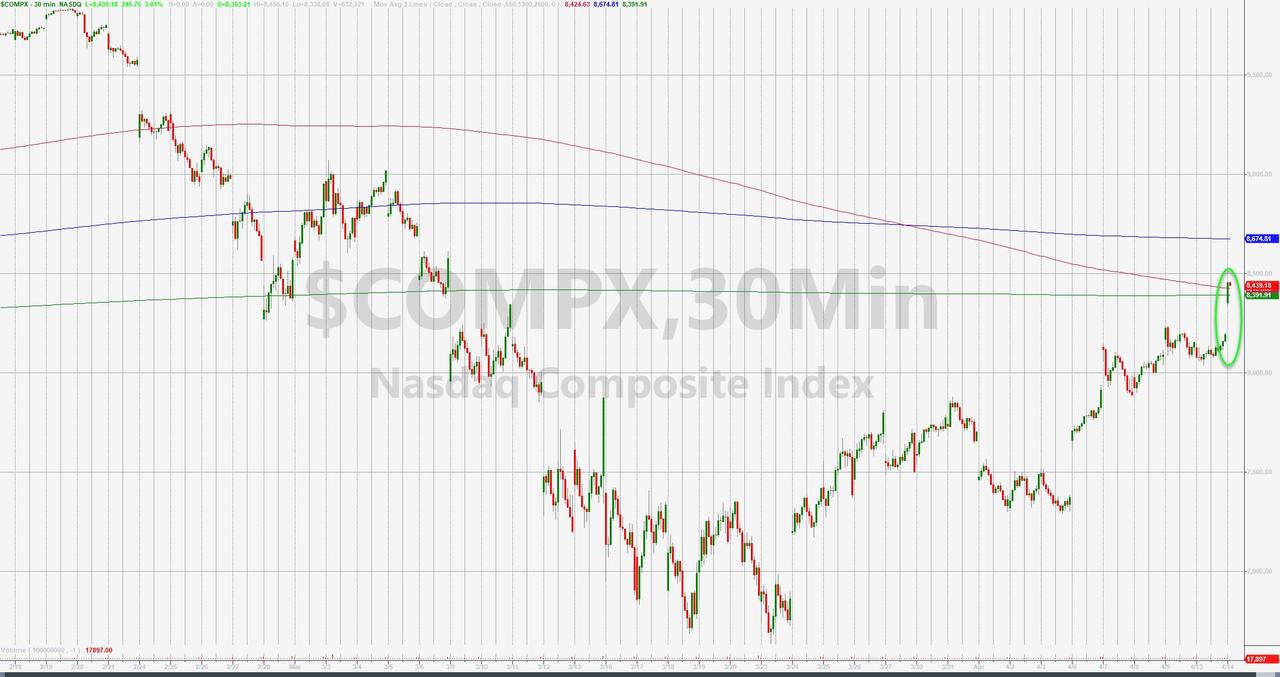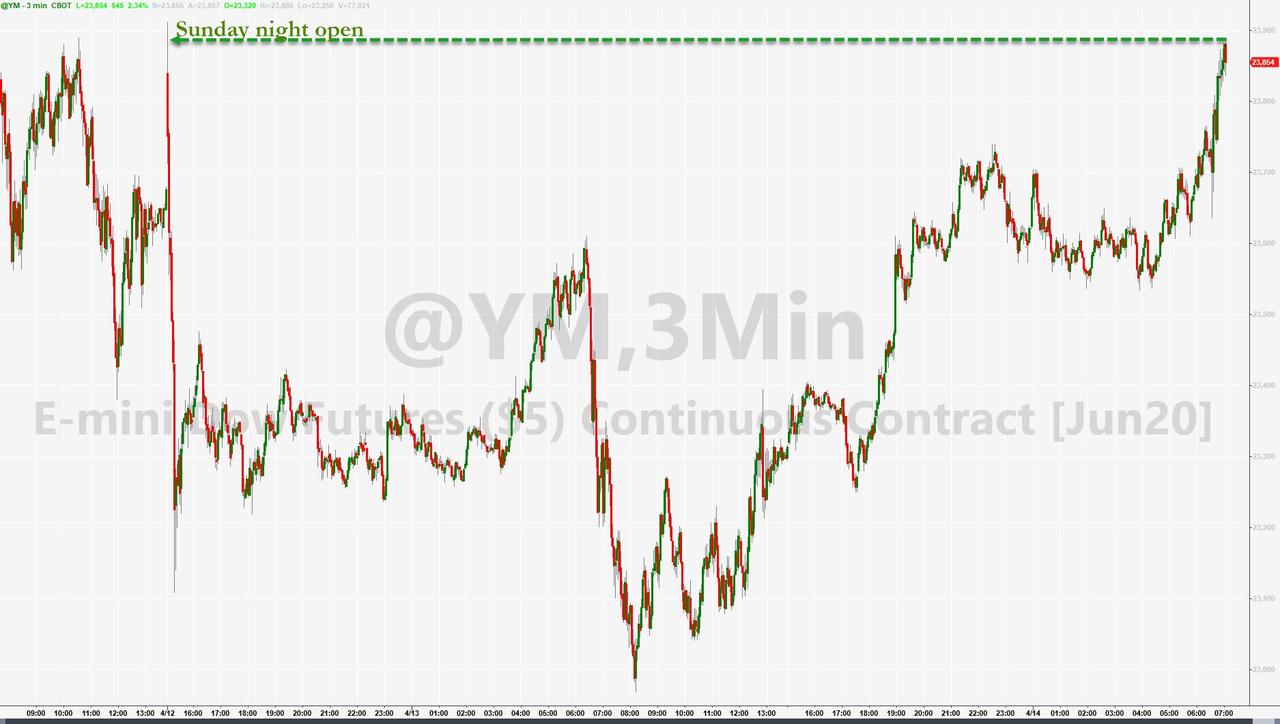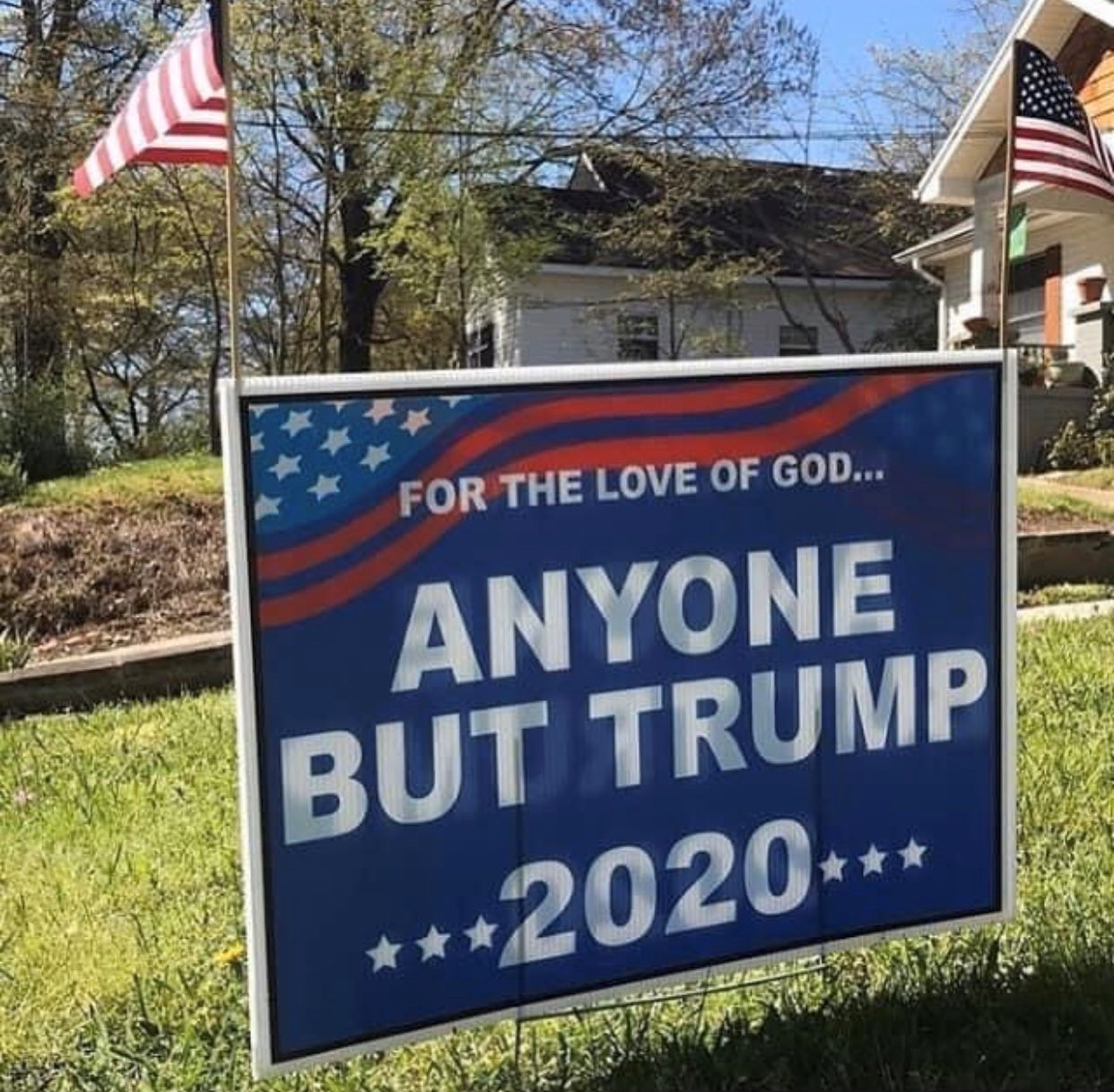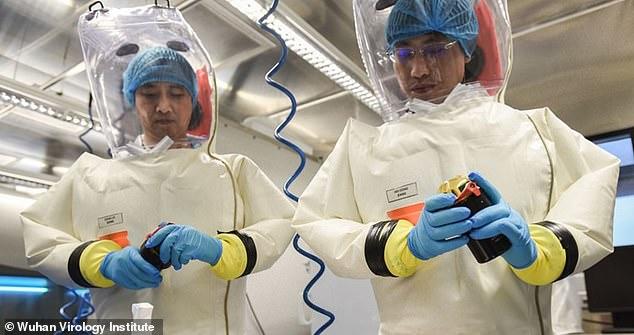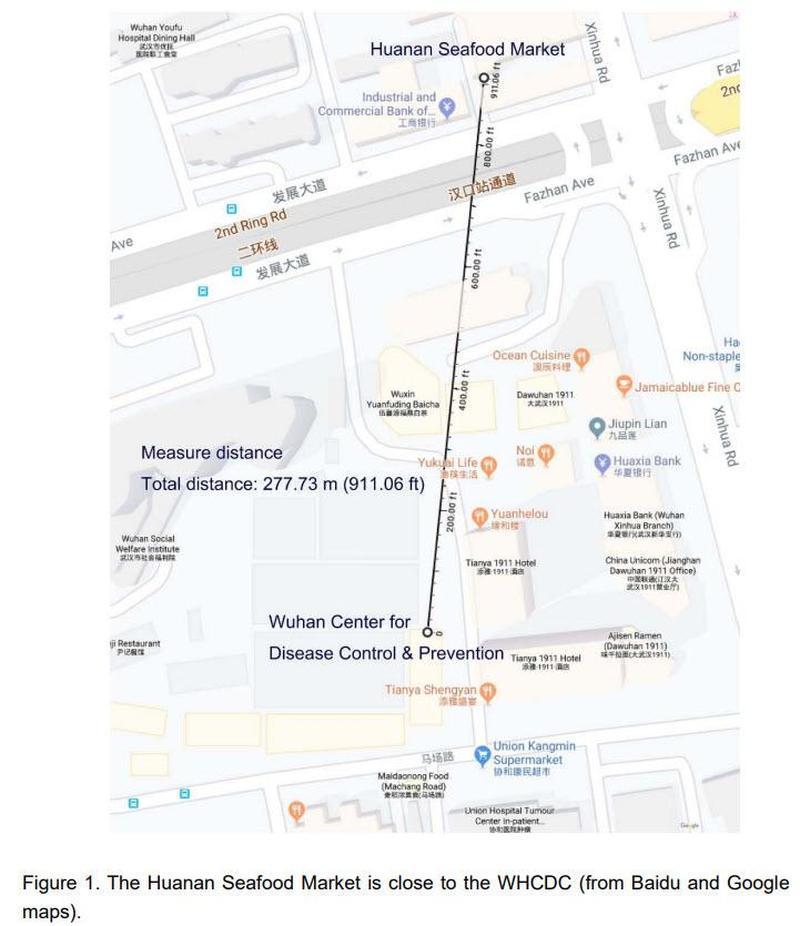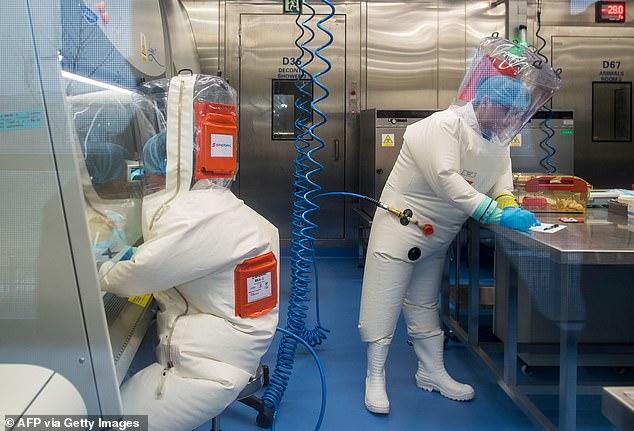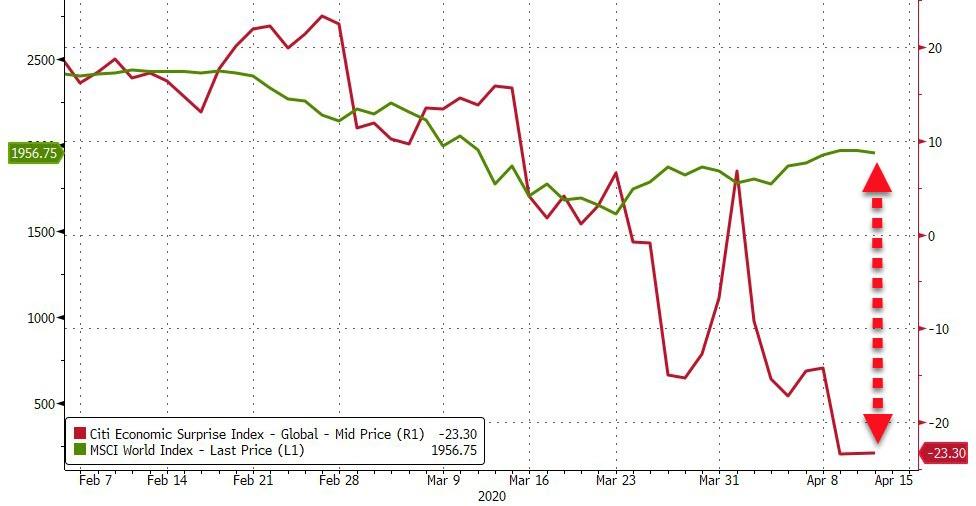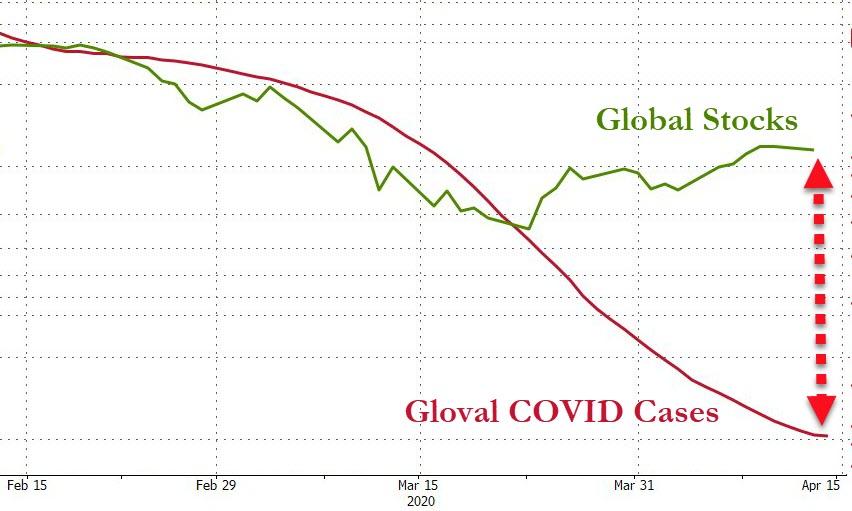Hedge Fund Managers Quietly Apply For Bailouts As Small Businesses
Several hedge funds have attempted to tap into the $349 billion Paycheck Protection Program included in the historic $2 trillion US stimulus package designed to keep small businesses afloat during the coronoavirus pandemic, according to Bloomberg.
Managed by the Small Business Administration, the PPP was intended to cover payroll, rent and utilities for up to eight weeks, providing loans which convert to grants if recipients retain or rehire their workers. In fact, an entire cottage industry has sprung up surrounding the program, with law firms hosting webinars for struggling businesses looking for guidance on how to gain access to the funds.
And as Bloomberg reports, some hedge funds have already applied – certifying on an official form that their small businesses (with fewer than 500 employees), and that the “current economic uncertainty makes this loan request necessary to support the ongoing operations.”
While the rules of the program make clear that banks and insurance companies are ineligible for the small-business loans, it’s less clear where hedge funds and proprietary trading shops fall – as the Treasury and Small Business Administration’s policies are unfortunately murky.
One manager, who asked not to be named, said he was outraged when he received a note from his accountant analyzing his potential eligibility. Why, he asked, would a hedge fund that earns its money collecting management fees, and can make money if it’s skilled, avail itself of a government handout? –Bloomberg
The move by hedge funds – endeavors which carry the fundamental risk of loss – has raised more than a few eyebrows.
Ironically, hedge funds are designed to employ as few people as possible so star traders don’t have to share millions of dollars in fees. The industry gets its name from the premise it can generate gains even when markets fall.
The question of whether to partake in the program is dividing members of the money management community. Some traders have called it morally corrupt, while others insist they are small businesses — just like hair salons, restaurants and dry cleaners — that could use a helping hand after global markets tumbled and cost them money. Given that the program is first come, first served, some managers were quick to submit their paperwork, according to market participants, even if eligibility remains unclear. –Bloomberg
One such hedge fund manager is David Motschwiller – head of trading firm First New York, who said he was still deciding whether to try and tap into the funds to pay employees, including a receptionist and office manager who are effectively furloughed since everybody is working from home. After reaching out to around 15 other hedge funds from his network about whether they too were contemplating tapping into the PPP, Motschwiller claims that “no one has said ‘no’.“
Bloomberg notes that while the industry’s top players probably have no interest in the bailouts, money managers who are just starting out might be encouraged to apply in order to help launch their dreams, according to Anthony Scaramucci, founder of SkyBridge. The former White House employee and turncoat says that “Just because the business has a name, private equity or hedge fund manager, doesn’t necessarily mean that they’re loaded with rich people.”
The chatter among money managers has grown loud enough to prompt a warning last week from Aksia, which advises institutional investors on placing money with hedge funds and other alternative investment firms. The firm said it would view any opportunistic use of the program “negatively” when counseling pension funds and other institutions with about $160 billion to invest.
A manager with a healthy business who takes advantage of a program that isn’t “precisely defined, is not only showing poor moral judgment and potentially hurting the reputation of the alternatives industry, but it’s also probably crowding out struggling workers and businesses severely impacted by Covid-19,” Aksia said in the memo. –Bloomberg
“It’s a complete abomination,” said Nate Koppikar – a partner at San Francisco-based money manager Orso Partners, who noted that firms which do end up taking the money may later be publicly identified under the Freedom of Information Act.
Meanwhile, hedge fund industry group The Managed Funds Association has also come out against the use of PPP loans, saying in a statement “While we recognize that every manager must make their own decision about the viability of their firm, we have provided guidance to our members that we do not believe the money in this program was intended for managers general partnership interests.“
Like that’s going to stop them…
Tyler Durden
Tue, 04/14/2020 – 11:20
via ZeroHedge News https://ift.tt/2REnn3N Tyler Durden

